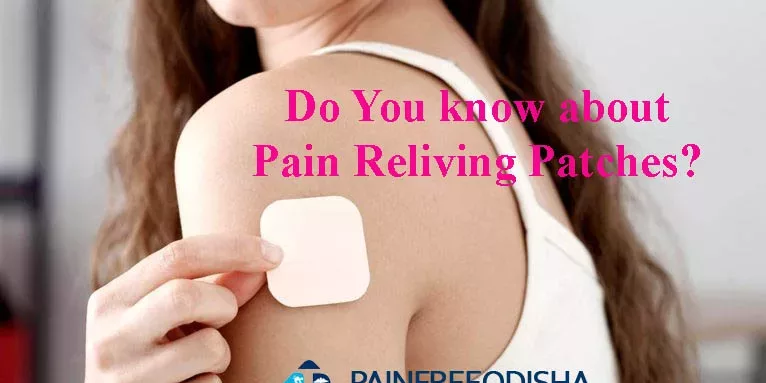Pain Relieving Patches are emerging as one of the most effective and convenient solutions for pain management today. For those who struggle with chronic pain or are looking for alternatives to oral painkillers, patches offer a breakthrough option. Whether you’re recovering from an injury, managing arthritis, or dealing with post-surgical discomfort, these patches deliver powerful relief exactly where it’s needed.
(At the end of this blog, don’t forget to check out Video message of Dr. Shovan Kumar Rath, that shows how pain patches work and tips to maximize their benefits.)
What Are Pain Relieving Patches?
Pain relieving patches are thin, medicated adhesive strips applied directly to the skin. They deliver pain-relieving drugs through a process called transdermal absorption, allowing the medication to pass through the skin layers and enter the bloodstream.
Unlike oral medications that must pass through the digestive tract, patches work directly from the skin to the bloodstream, offering targeted, faster, and often safer relief.
How Do Pain Relieving Patches Work?
When you place a pain patch on your skin, it slowly releases a controlled amount of medication over several hours or even days. The medication penetrates the skin barrier and enters your circulatory system, traveling to the pain site.
This method ensures consistent drug levels in the blood, reduces the risk of gastrointestinal issues (like ulcers or indigestion), and minimizes the “peaks and troughs” often seen with oral pain medications.
Types of Pain Relieving Patches
Depending on the severity and nature of your pain, different types of patches are available:
Opioid-Based Patches
These contain strong painkillers like fentanyl or buprenorphine. They’re typically prescribed for chronic, severe pain such as cancer pain or major surgeries. Placement is usually recommended on upper body areas like the deltoid muscles.Non-Opioid Analgesic Patches
Popular options containing lidocaine or NSAIDs like diclofenac. Ideal for localized muscle aches, back pain, sprains, and joint inflammation.Herbal and Natural Pain Relief Patches
Made with natural ingredients like menthol, camphor, and capsaicin (chili pepper extract). They offer mild to moderate relief without prescription drugs.Heat Therapy Patches
Non-medicated patches that provide soothing heat to help relax muscles, improve blood circulation, and reduce stiffness.
Each type is designed for specific needs — consulting a healthcare provider helps you choose the right one.
Benefits of Using Pain Relieving Patches
✔️ Long-Lasting Relief: Many patches provide steady relief for 12 to 72 hours.
✔️ Targeted Pain Management: Focuses directly on the affected area.
✔️ Minimal Side Effects: Lower risk of stomach irritation compared to oral medications.
✔️ Convenience: Discreet, thin, and easy to wear under clothes.
✔️ Improved Patient Compliance: No need to remember multiple doses a day.
Moreover, for patients who have difficulty swallowing pills or maintaining regular dosing schedules, patches offer a much simpler alternative.
When Should You Use a Pain Relieving Patch?
Pain patches are especially beneficial if you are:
- Living with chronic conditions like arthritis, fibromyalgia, or neuropathic pain.
- Recovering from sports injuries, muscle sprains, or back strains.
- Undergoing post-operative rehabilitation.
- Sensitive to the side effects of oral painkillers.
- Seeking non-invasive, consistent pain management solutions.
Important: Always use patches according to your healthcare provider’s guidance, especially with strong medications like opioids.
Watch: How Pain Relieving Patches Work (Video)
Conclusion: The Future of Pain Management with Patches
Pain relieving patches represent a major advancement in modern pain management. By offering a controlled, consistent release of medication through the skin, they eliminate many challenges associated with traditional oral drugs. Whether you’re managing chronic conditions, recovering from an injury, or seeking alternatives to heavy medications, patches provide an effective, safe, and convenient solution.
As medical technologies continue to evolve, pain relieving patches are likely to become an even more integral part of personalized healthcare, empowering individuals to regain mobility, comfort, and a better quality of life.
If you’re considering a more innovative approach to pain relief, speak with your healthcare provider about whether pain relieving patches are right for you — and take a step toward a healthier, more comfortable future.

